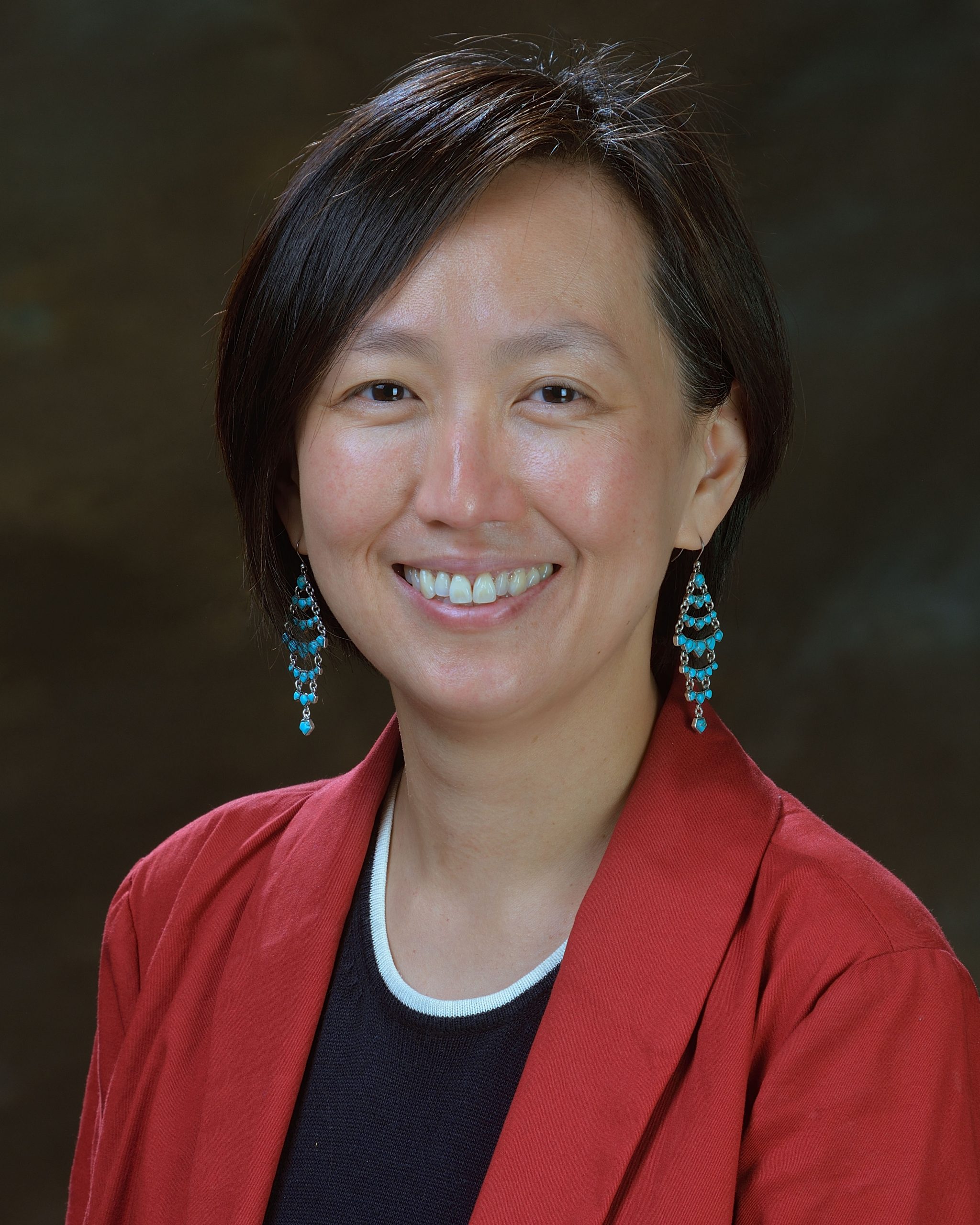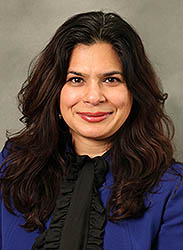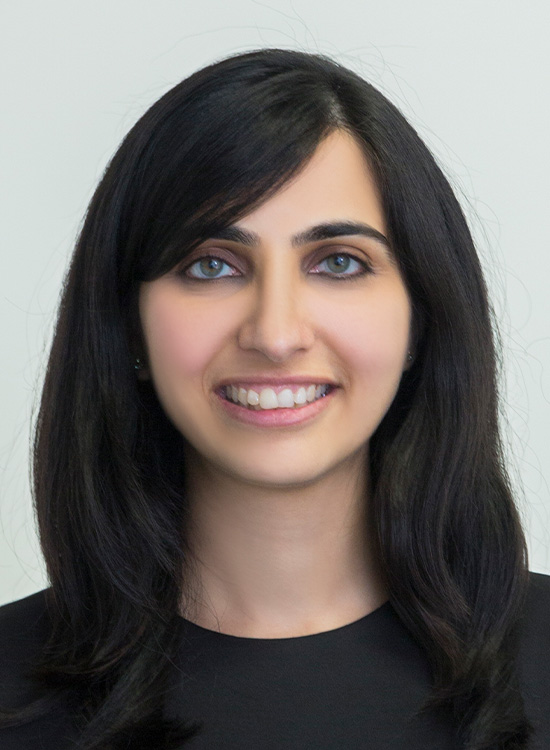Invited Speakers and Panel Discussion
Invited talks
Dr. Matias Valdenegro Toro
Robotics Innovation Center
German Research Center for Artificial Intelligence
Title: Machine Learning for Sonar Perception
Abstract: Perceiving underwater environments is difficult, and Sonar sensing does not make it much easier. There are many challenges associated acoustic sensing. Data driven techniques are being used to tackle some of these challenges, but this brings its own limitations to the problem. In this talk I will cover topics in machine learning applied for perception on sonar images, including object detection of marine debris, learning with limited datasets, real-time network architectures, generalization, generic object detection, and multi-modal perception, with the aims of making learned perception systems usable in autonomous underwater vehicles. I will also talk about open science challenges in this domain, in particular about sharing datasets and pre-trained models, as a way to accelerate research and development in the underwater domain.
Bio: Dr. Matias Valdenegro is currently a Researcher at the Robotics Innovation Center, German Research Center for Artificial Inteligence, in Bremen, Germany. He received his PhD in EE from Heriot-Watt University in 2019. His research interests are in machine learning for robot perception in underwater environments with sonar sensors.
Prof. Xianbo Xiang
Huazhong University of Science and Technology (HUST), China
Title: Magnetic sensing and tracking of underwater cable by AUV
Abstract: Underwater cable inspection is quite demanding yet challenging. A flight Autonomous underwater vehicle (AUV) with a pair of wings designed by the Lab of ARMs is presented, which carrying on two tri-axial magnetometers is capable to sense and track buried cables with very thin diameters. A novel framework integrating the magnetic localization and robust tracking algorithm is proposed to guide the AUV to inspect underwater cables. Results in numerical simulations and experimental tests in water are presented, and some remarks on future work and other running projects in the Lab conclude this talk.
Bio: Xianbo Xiang, Ph.D., Professor, Head of Laboratory of Advanced Robotics Marine Systems (ARMs), Huazhong University of Science and Technology (HUST), P.R.China. He received the B.E. and M.E. degrees in automatic control and marine engineering from HUST in 2000 and 2003, respectively, and the Ph.D. degree in System Automation and Mirco-electronics from the University of Montpellier 2, France, in 2011. His research interests include marine robotic vehicles and intelligent systems. From September 2006 to December 2006, he was an EU Erasmus Mundus Visiting Scholar in the SpaceMaster Project. From February 2008 to March 2011, he was in the European Project FreeSubNet as an EC Marie Curie ESR Fellow at LIRMM, CNRS UMR 5506. He is member of IFAC Technical Committee 7.2 on Marine Systems. He was the General Chair of 2018 IEEE 8th International Conference on Underwater System & Technology, and serves as the editorial members for International Journal of Maritime Engineering, Applied Ocean Research, Journal Brodogradnja/Shipbuilding, International Journal of Intelligent Robotics and Applications, and IET Cyber-systems and Robotics.

Dr. Stephanie Kemna
Maritime Robotics AS
Title: Perception and communication challenges in offshore and over-the-horizon uncrewed surface vehicle (USV) operations
Abstract: The interest in autonomous shipping has been increasing over recent years, and the recent pandemic has emphasized the value of uncrewed vehicle operations for marine surveys, including uncrewed surface vehicles (USVs) and uncrewed aerial vehicles (UAVs). For many such applications, offshore and over-the-horizon operations will be necessary. In these areas, communications to shore-based command and control centers become limited, when vehicles travel outside of cellphone or radio coverage. This introduces challenges for remote surveillance and for the remote control of uncrewed vehicles. Furthermore, the challenging marine environment imposes challenges for robotic perception, needed for autonomous operations. This talk gives examples of uncrewed marine survey systems (USVs and UAVs) and highlights some of these challenges and open questions, from the view of a company that creates and sells marine robots.
Bio: Stephanie Kemna, PhD, is Research Manager at Maritime Robotics AS*, based in Trondheim, Norway. She has 11+ years of experience developing software and algorithms for autonomous underwater vehicles and autonomous surface vehicles. She is currently coordinating several nationally and internationally funded R&D projects at Maritime Robotics. Dr. Kemna holds a BSc and MSc in Artificial Intelligence from the University of Groningen, as well as a PhD in Computer Science from the University of Southern California.
Dr. Erin M. Fischell
Applied Ocean Physics and Engineering
Woods Hole Oceanographic Institution
Title: Underwater Perception -- Challenges and Opportunities
Abstract: Underwater sensing is highly impacted by the environment, leading to significant challenges to robot perception. A few examples include the impact of turbidity on camera images, impact of bubbles and soundspeed variability on sonar images, and confounding effects between biological and chemical factors in fluorometric data. These factors result in variable SNR in both time and space. In addition, underwater navigation challenges can make it difficult to provide consistent maps over longer missions, such that signals vary with time, space, and spatial error. Examples of these challenges from fieldwork in the areas of oil seep and aquaculture mapping experiments are presented, along with thoughts on opportunities for improving the potential for real-time underwater perception.
Bio:

Prof. M. Ani Hsieh
The Scalable Autonomous Robots (ScalAR) Lab
School of Engineering, University of Pennsylvania
Title: Mapping the Ocean Currents
Abstract: The tight-coupling between vehicle and environment dynamics provides a unique opportunity for marine robots to exploit the near infinite reservoir of environmental forces to improve and prolong their autonomy in the ocean. Nevertheless, the complexities of ocean dynamics precludes attempts to leverage this vast energy resource in control, navigation, and planning. In this talk, I will present our efforts in using robot teams to adaptively collect data to construct high fidelity models of the environmental dynamics that can be integrated into robot control and planning. These models can be used to further guide robot control and sampling strategies to increase their predictive power. The ability to continuously build and update these models in real-time will enable us to significantly improve the reach, endurance, and autonomy of marine robots operating in all geophysical fluid environments.
Bio: M. Ani Hsieh is a Research Associate Professor in the Department of Mechanical Engineering and Applied Mechanics at the University of Pennsylvania. She is also the Deputy Director of the General Robotics, Automation, Sensing, and Perception (GRASP) Laboratory. Her research interests lie at the intersection of robotics, multi-agent systems, and dynamical systems theory. Hsieh and her team design algorithms for estimation, control, and planning for multi-agent robotic systems with applications in environmental monitoring, estimation and prediction of complex dynamics, and design of collective behaviors. She received her B.S. in Engineering and B.A. in Economics from Swarthmore College and her PhD in Mechanical Engineering from the University of Pennsylvania. Prior to Penn, she was an Associate Professor in the Department of Mechanical Engineering and Mechanics at Drexel University. Hsieh is the recipient of a 2012 Office of Naval Research (ONR) Young Investigator Award and a 2013 National Science Foundation (NSF) CAREER Award.

Dr. Angel Alejandro Maldonado Ramírez
Center for Industrial Innovation in Artificial Intelligence, Monterrey, Mexico
Title: Collaborative visual mapping of underwater environments
Abstract: One of the most important tasks when creating a map of visual information obtained from different agents is finding common locations between the sets of images that enable them to be fused into a single representation. Typical approaches focus on images obtained from the same agent. On this workshop we present our focus on recognizing the same places in images captured by different agents to create a topological map of coral reefs. The main components of the proposed method are the voting scheme to find a sparse similarity matrix between different frames and an effective method to match sequences of images exploiting the sparsity of the resulting similarity matrix. We have applied our method to sequences of images obtained from coral reef explorations performed by different agents. Our method has shown a good performance compared to other well-established methods such as FABMAP. This demonstrates its ability to find common locations from visual information gathered from different sources, which eases the collaboration between humans and robots to map the environment.
Bio: He received his Ph.D. in Robotics and Advanced Manufacturing from CINVESTAV Saltillo working in the area of collaborative mapping between robots and humans for exploring marine environments. Currently, he is the Chief Scientific Officer at the Center for Industrial Innovation in Artificial Intelligence in Monterrey, México where he works on developing solutions based on applying Artificial Intelligence on Robots. His research interests include mobile robotics, computer vision and mapping, as well as the use of neural networks applied on industrial robots to perform complex tasks.
Panel discussion
A Panel Discussion on Getting started in marine robotics and current/future trends will be held as part of the program with participants from companies and academia:






